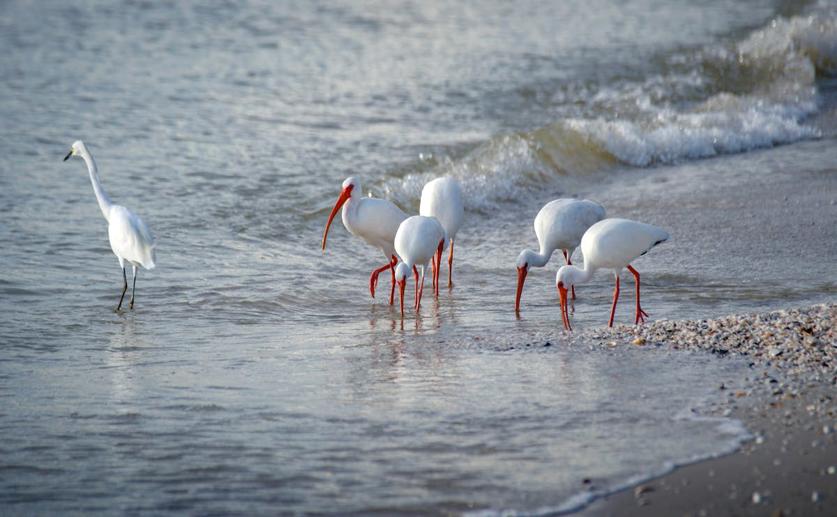
How Bacteria Help Birds Repel Parasites and Raise Their Young
Jenn Hoskins
11th May, 2024

Image Source: Ray Bilcliff (photographer)
Key Findings
- In Spain, researchers studied hoopoe birds to see how bacteria affect their smell and parasite attraction
- They found that certain bacteria in the birds' nests and secretions can influence the types of odors produced
- These odors can either attract or repel parasites, impacting the birds' susceptibility to infestation
References
Main Study
1) Volatiles of symbiotic bacterial origin explain ectoparasitism and fledging success of hoopoes
Published 10th May, 2024
https://doi.org/10.1186/s42523-024-00312-9
Related Studies
2) Influence of microbial symbionts on insect pheromones.
3) The Extended Genotype: Microbially Mediated Olfactory Communication.
4) Microbes and animal olfactory communication: Where do we go from here?
5) Olfactory Communication via Microbiota: What Is Known in Birds?



 30th April, 2024 | Greg Howard
30th April, 2024 | Greg Howard